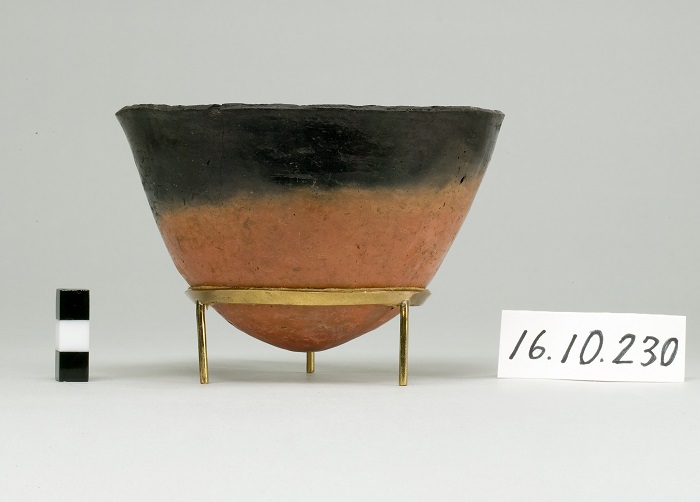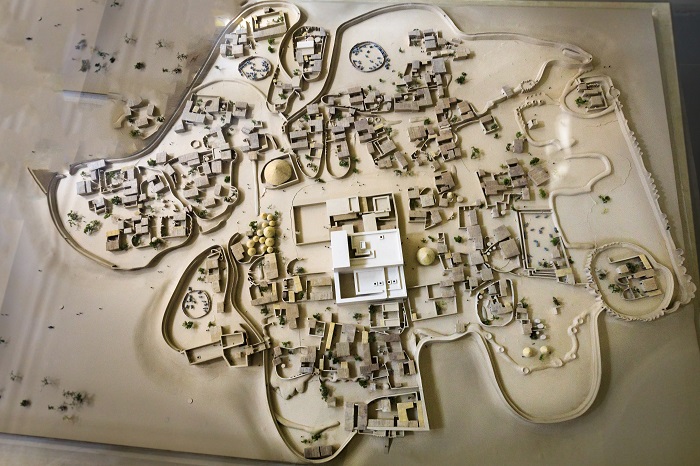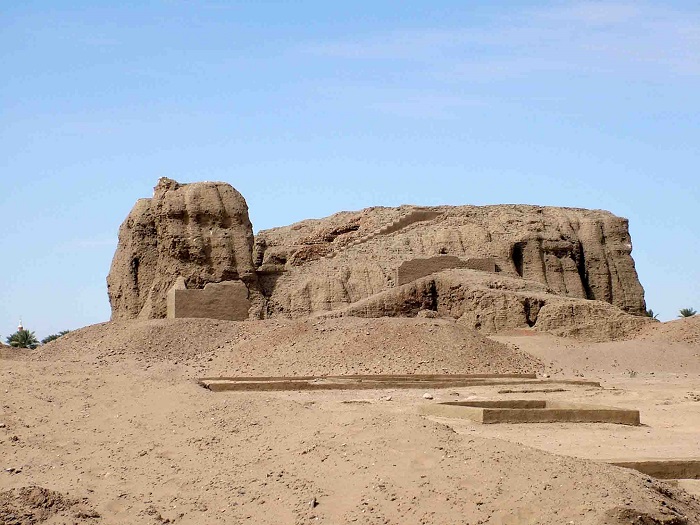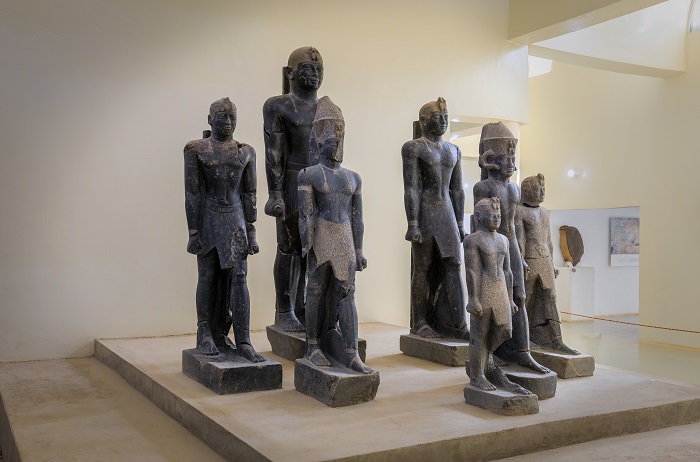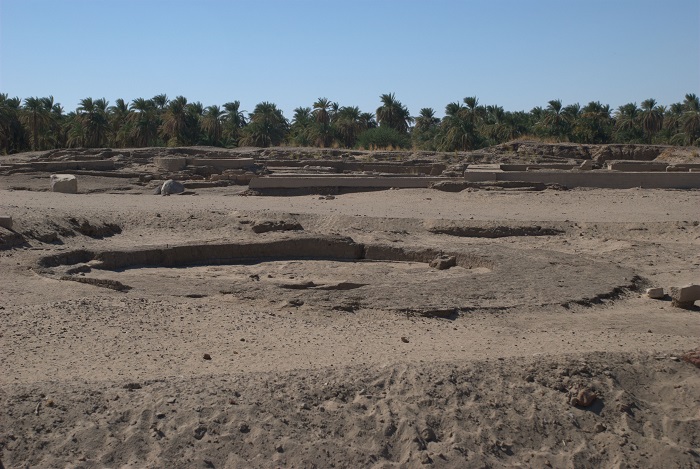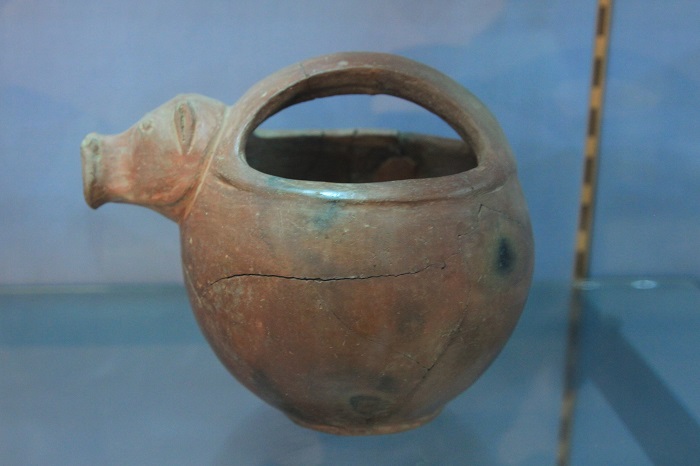The ancient city of Kerma is one of the oldest urban centers that can be found in Africa and it was the heart of the powerful Kerma Kingdom which thrived between 2500 BC and 1500 BC, nowadays located in the Nubia Region within the central-north part of the Republic of the Sudan. Situated near the Nile River in the northern part of the country, around 20 km (12 mi) south of the modern town of Kerma, this archaeological site provides key insights into the early civilizations of the Nile Valley and its strategic position along the river allowed it to flourish as a major political, economic, and cultural center in ancient Nubia.
Kerma was established as the capital of the Kingdom of Kerma, a large and influential society compared to Ancient Egypt where the city’s structures indicated an ordered society with refined building practices. The Deffufa served as the nucleus of Kerma which represented a gargantuan mud-brick complex assumed to be devoted to religious and administrative purposes. The use of sun-dried bricks and sophisticated architecture suggests that the architects at Kerma were very familiar with town planning, and the city walls, palaces, temples, and extensive cemeteries all suggest an extremely advanced culture with a well-developed central government. The city was a major center of commerce, politics, and warfare.
As the paramount power in Nubia, Kerma controlled trade between Egypt and sub-Saharan Africa, exchanging gold, ivory, ebony, and foreign animals. Trade revenue allowed the kingdom to spread its control and build monumental architecture, nonetheless, Kerma was also an aggressive power, often engaging in conflict with Egypt. The city was at its peak and even intimidated Egyptian rulers, particularly during the Middle Kingdom period. But in about 1500 BC, Egyptian pharaoh Thutmose I launched a military campaign that resulted in the conquest of Kerma, and hence the beginning of Egyptian control of Nubia.
Current excavations have uncovered dramatic artifacts and structures that provide valuable insights into Kerma’s history. One of the most considerable finds is the Deffufa, which showcases the Kerma people’s architectural achievements. There are thousands of graves, including royal graves with servants and valuables buried with the kings that have been unearthed, they provide insight into the social hierarchy and religion of the time. Additionally, the pottery, tools, and jewelry excavated at the site indicate a rich artisan culture and these discoveries all testify that Kerma was not merely a political capital but also an important cultural and economic hub.
For visitors who would wish to travel to Kerma, the best time to visit is between the months of November and March, when the climate is cooler and more suitable for travel, however, considering that Sudan is in constant struggles for peace in the country, traveling to this historic spot should be always with caution, and it is always recommended to be with locals.
The site is accessible from Dongola city, which is connected by road to the rest of Sudan, and there is a Kerma Museum located near the site that offers more details of the civilization in the form of a collection of artifacts and historical exhibits that offer a comprehensive overview. Guided tours of the ancient city offer knowledge about the city’s layout, architecture, and significance. Still, the ancient archaeological site of Kerma is recognized on UNESCO’s Tentative List, highlighting its immense historical and cultural significance for potential future inclusion as a World Heritage Site.
In conclusion, the ancient city of Kerma stands as a testament to the power and sophistication of early African civilizations. Its strategic location, architectural achievements, and historical importance make it one of the most significant archaeological sites in Sudan, and today, ongoing research and conservation efforts continue to reveal new aspects of this once-great city, ensuring that its legacy remains an essential part of understanding the rich history of the Nile Valley.



